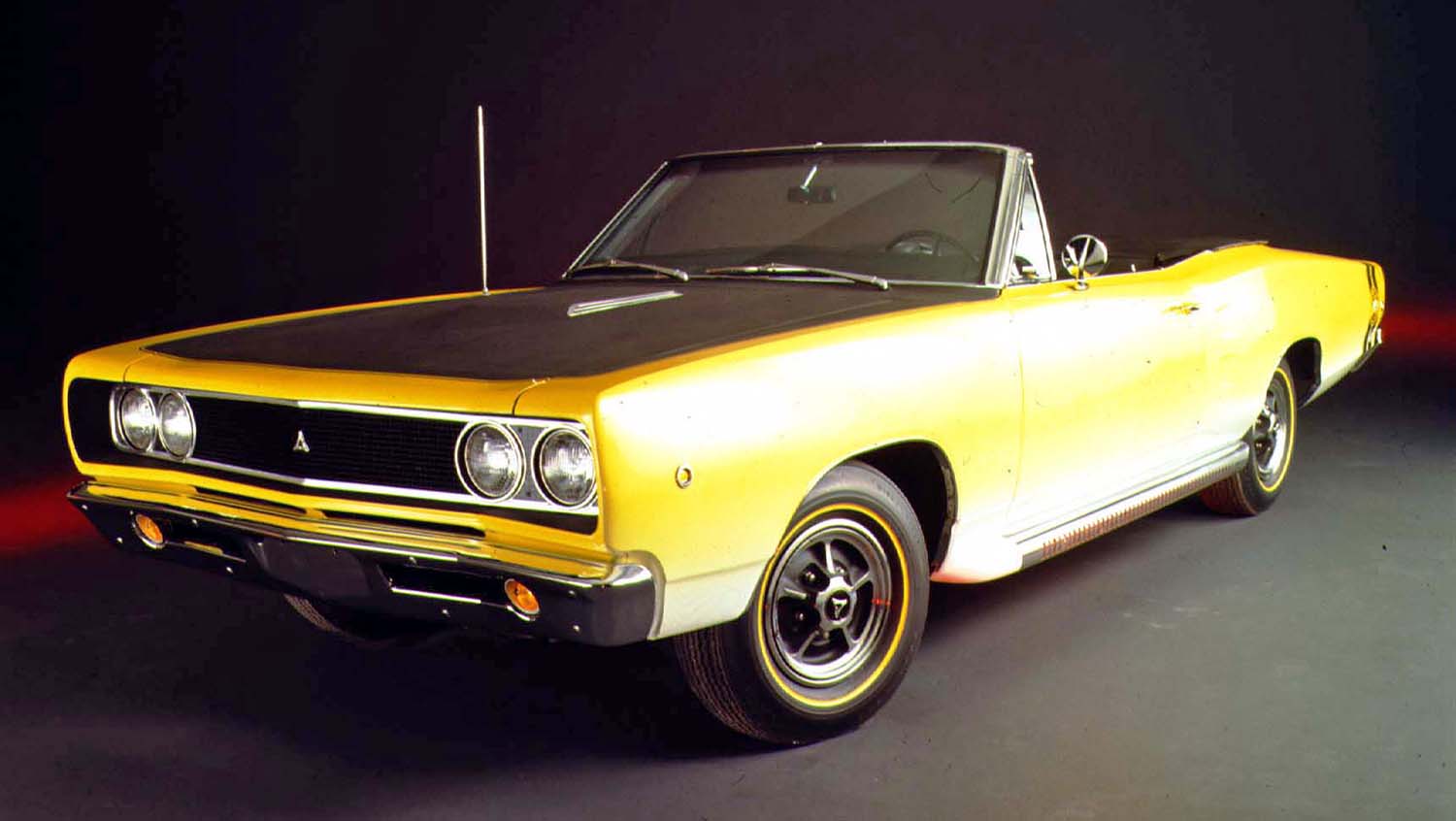
The 1968 Dodge Coronet Super Bee Convertible has a presence that immediately captures attention. Its open-top design made the muscle car experience feel more liberating, reflecting the era’s appetite for bold automotive statements. The car’s combination of visual appeal and raw power made it an icon of American motoring.
Origins of the 1968 Dodge Coronet Super Bee Convertible
Dodge introduced the Super Bee in 1968 as a performance-oriented variant of the Coronet lineup. The convertible version offered a rare combination of style and thrill for drivers who wanted both a classic muscle car and open-air enjoyment. Its design drew inspiration from the growing demand for visually aggressive yet practical vehicles.
Design and Styling Insights
The 1968 Super Bee Convertible featured a prominent grille and quad headlights, complemented by signature striping that signaled performance. Convertible top mechanisms were engineered for smooth operation, allowing drivers to shift from enclosed to open-top driving effortlessly. The bold color options and minimal chrome accents contributed to a muscular yet refined aesthetic.
Interior Highlights of the Super Bee Convertible
Inside, the 1968 Dodge Coronet Super Bee Convertible balanced functionality with style. Vinyl bucket seats provided comfort, while a straightforward instrument panel offered essential gauges including speedometer, fuel level, and optional tachometer. Convertible-specific features such as reinforced latches and weatherproofing ensured usability without sacrificing performance.
Engine and Performance Capabilities
Under the hood, the Super Bee Convertible housed powerful V8 options, ranging from a 383ci to a 426 HEMI, delivering remarkable acceleration and high-speed stability. Coupled with manual or automatic transmissions, the car responded instantly to driver inputs. Suspension upgrades and heavy-duty components helped manage the extra convertible weight, maintaining cornering performance and braking reliability.
Handling and Driving Experience
Despite its larger frame, the 1968 Dodge Coronet Super Bee Convertible offered surprising agility. Power steering and enhanced brakes allowed confident maneuvering, while the open-top experience amplified the car’s presence on the road. Drivers appreciated the blend of raw power with accessible drivability in daily and spirited driving scenarios.
Production and Rarity
The Super Bee Convertible was produced in limited numbers, making surviving examples particularly sought after by enthusiasts. Production variances included special trim packages, performance badges, and engine combinations that highlighted Dodge’s commitment to performance diversity.
Cultural Impact and Automotive Legacy
The 1968 Dodge Coronet Super Bee Convertible appeared in automotive magazines, films, and racing circles, cementing its position as an American muscle icon. Its combination of convertible freedom and muscular power made it a symbol of late 1960s car culture. Collectors now value these models for their historical authenticity and visual appeal.
In summary, the 1968 Dodge Coronet Super Bee Convertible stands as a unique chapter in muscle car history. Its engineering, design, and performance continue to attract enthusiasts and preserve the spirit of American automotive innovation.
Disclaimer: Content on this site is for informational purposes only. Vehicle specs, pricing, and availability may change. Always verify details with official sources before making decisions. Opinions are those of the authors.
Source: Stellantis
